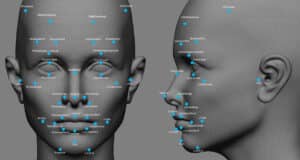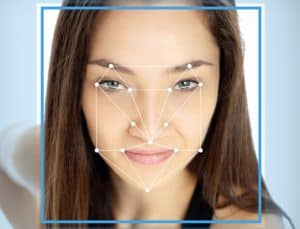From fighting terrorism to processing payments in the blink of an eye, facial recognition is set to change our ideas on privacy. Facial recognition is a computer-based system that automatically identifies a person based on a digital image or video source — which is then matched to information stored in a database. Often used in fictional TV-series such as CSI: Crime Scene Investigation, it is soon set to become a real-life tool for fighting crime. In 2014, the FBI will roll the technology out across the U.S. after pilot testing is completed in some states. The FBI recently announced that its Next Generation Identification (NGI) system is now fully operational. Among other features, NGI features the oft-fear-inducing Interstate Photo System (IPS), which stores millions of citizens’ photographs, and is designed to help law enforcement pair names and faces associated with criminal activity. The IPS facial recognition service will provide the nation’s law enforcement community with an investigative tool that provides an image-searching capability of photographs associated with criminal identities. This effort is a significant step forward for the criminal justice community in utilizing biometrics as an investigative enabler.
Facial recognition is a key part of the agency’s ambitious $1 billion Next Generation Identification System (NGI) — a state-of-the-art biometric identification system that also includes iris scans, DNA analysis and voice identification. The mission is to reduce terrorist and criminal activity by improving and expanding biometric identification as well as criminal history information services. The FBI’s system isn’t believed to have a stellar success rate. When a face is inputted into the system, NGI reportedly offers 50 different possible candidates, and there’s only an 85 percent chance that the suspect’s name will actually be on the list. Credited with helping to solve hundreds of crimes, his facial composite software identifies suspected criminals in a new way. The system, EFIT-V, allows victims and witnesses to select the best and worst matches from a group of computer-generated faces. Based on their responses, the computer eventually “learns” what type of face they are after and displays options accordingly.
A Finnish company, meanwhile, aims to streamline sales by using facial recognition technology for payments. Helsinki-based Uniqul has patented a system allowing payments to be made without wallets or smartphones. But not everyone has embraced facial recognition with open arms. In 2011, Facebook introduced a controversial feature which automatically identifies faces in uploaded photos by comparing them to other tagged pictures.

